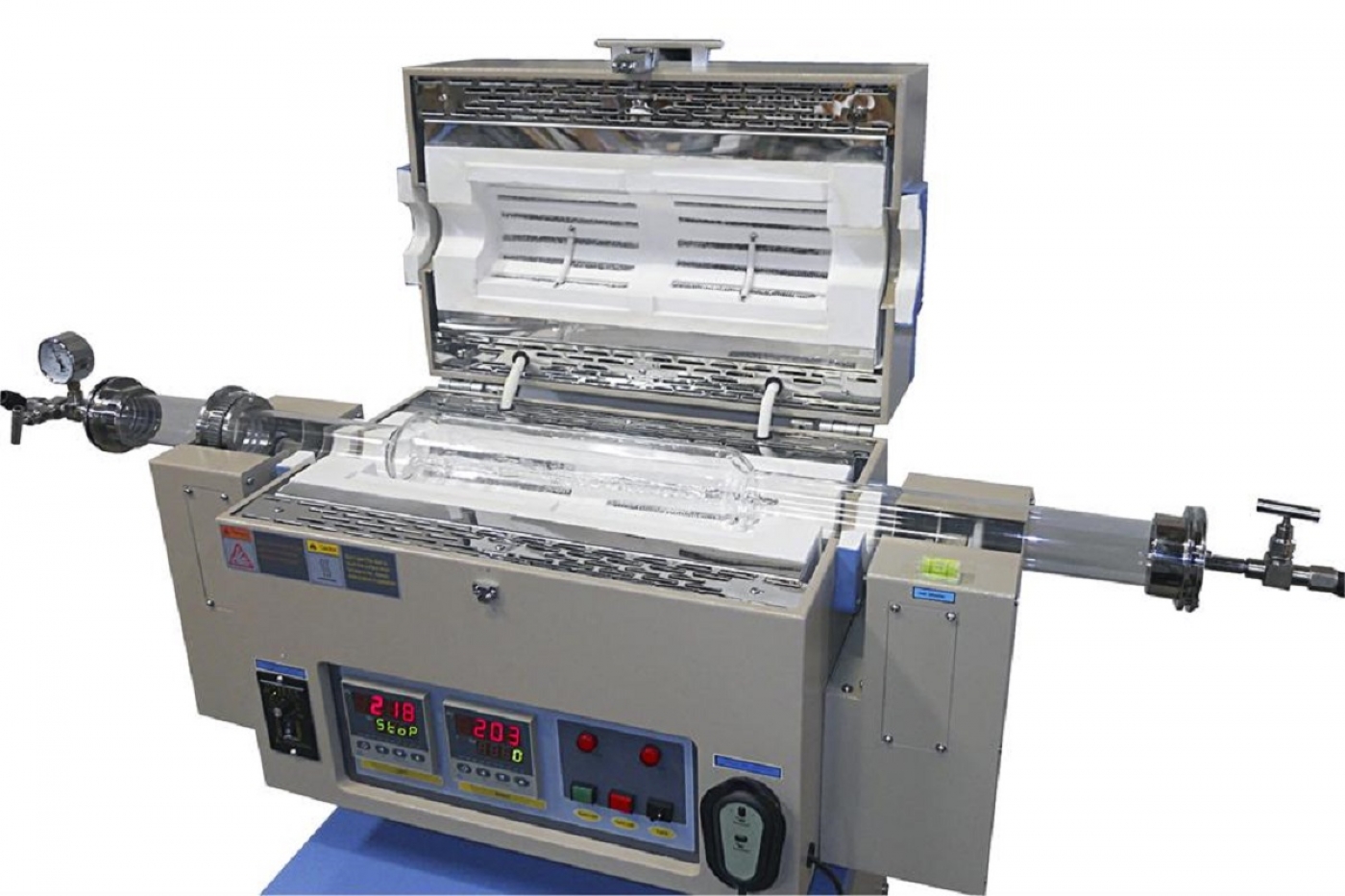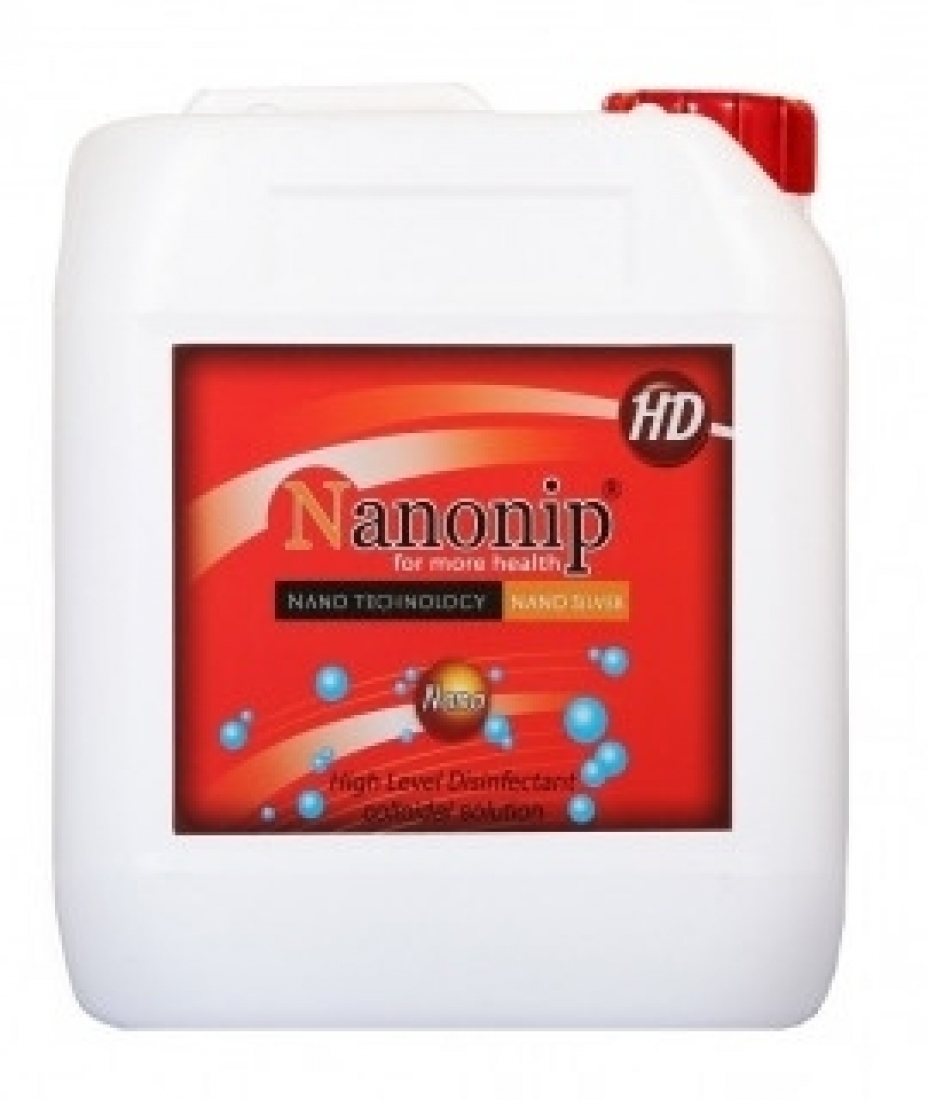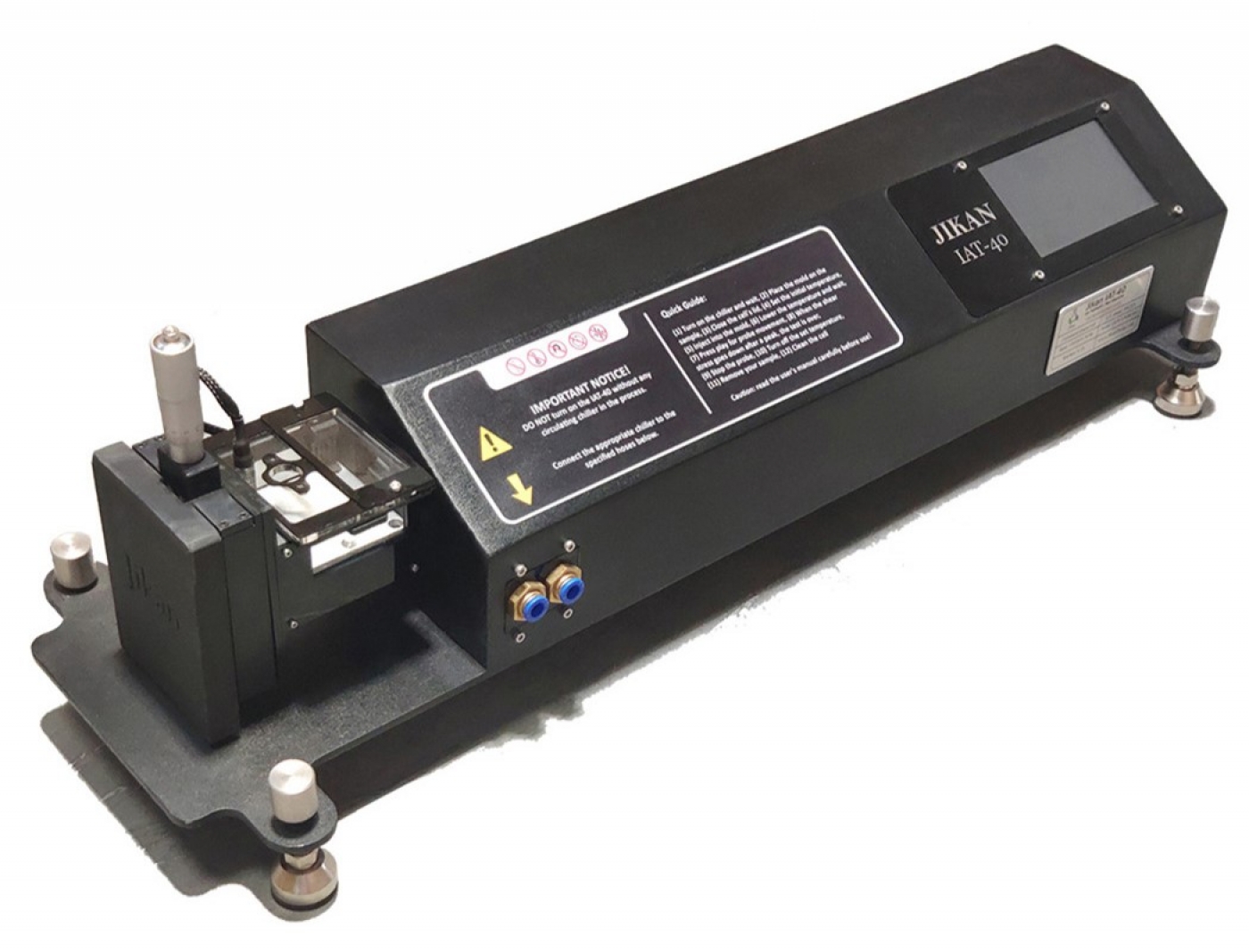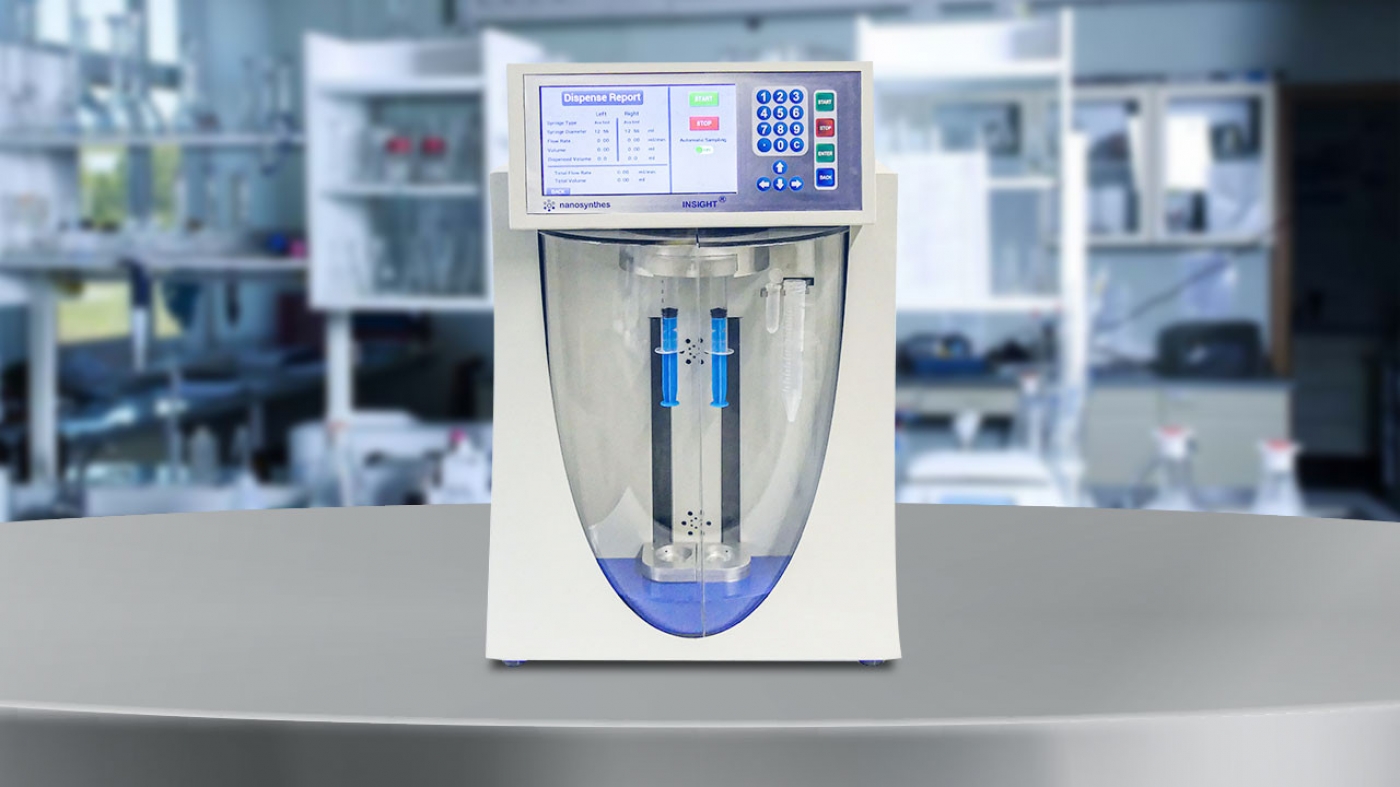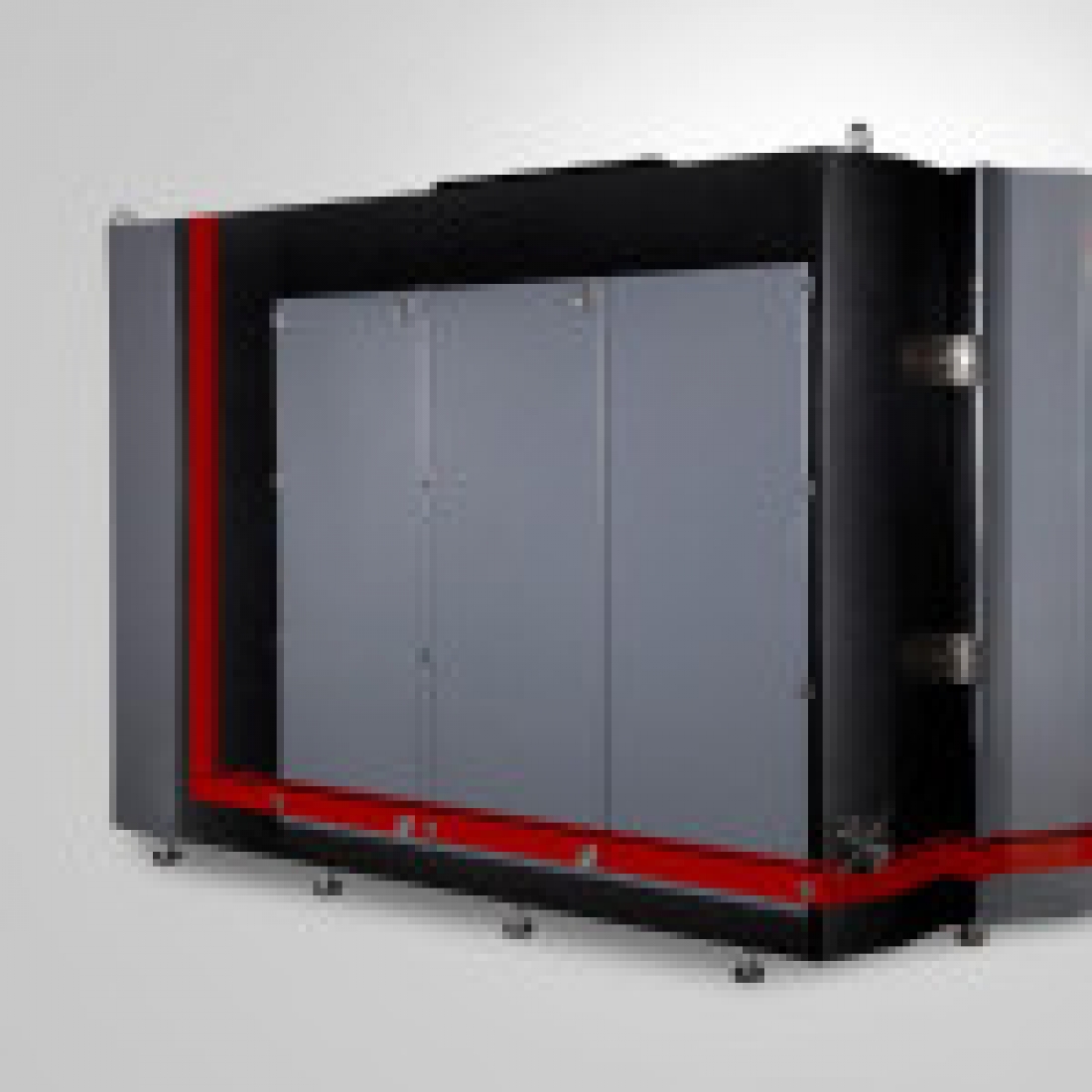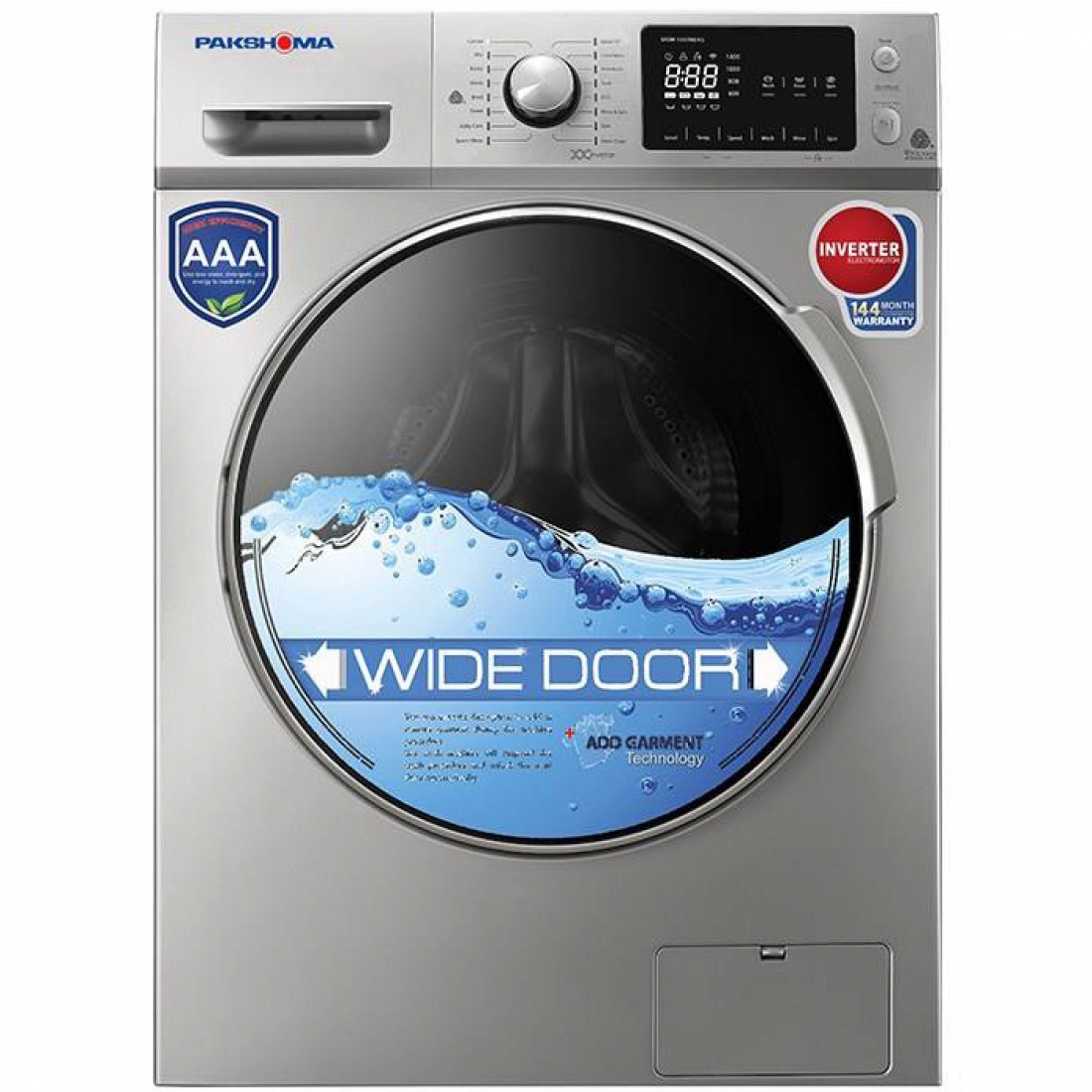Chemical Vapor Deposition (CVD) is one of the vacuum-based techniques which can produce coatings nearly from all materials including metallic and non-metallic compounds, carbides, nitrides, oxides, intermetallics and many other materials. In summary, CVD is formation and deposition of a solid layer on a substrate which results from chemical reaction(s) of gaseous reactants in a reaction chamber.
Introduction
Chemical Vapor Deposition (CVD) is one of the vacuum-based techniques which can produce coatings nearly from all materials including metallic and non-metallic compounds, carbides, nitrides, oxides, intermetallics and many other materials. In summary, CVD is formation and deposition of a solid layer on a substrate which results from chemical reaction(s) of gaseous reactants in a reaction chamber.
The solid film can be applied on the substrate in the form of amorphous, polycrystalline or monocrystalline with exceptional properties. Today, the CVD technology is almost unrivaled in some areas, including semiconductor and other electronic components manufacturing processes, coating on tools, bearings and other wear-resistant components, optical and optoelectronic devices.
Like all chemical reactions, CVD process also needs activation energy for reactions. The most common method is use of thermal energy which is still the main method for chemical deposition of metals and ceramics from vapor phase. A thermal chemical vapor deposition (TCVD) apparatus is composed of four main components, including a reactant-gas supply system, a reaction chamber (reactor) and an exhaust system. The fourth part, which is often used today, is a computer-based process control monitor that is in charge of monitoring and controlling CVD parameters.
Unlike PVD method which is mainly based on physical reactions, the CVD process is entirely dependent on chemical reactions which of them are: thermal decomposition, reduction, hydrolysis, oxidation, carburization and nitration. These reactions can be done either alone or in combination. CVD reactions are influenced by factors such as reaction chemistry, thermodynamics (temperature, pressure and chemical activity), mass transfer and kinetic considerations.
Although theoretical studies before performing the process can be a useful guideline for determination of chemical reactions route and prediction of product composition, yet the best theoretical models finally need some practical approaches. Moreover, to take into account some considerations such as fluid dynamic and chemical equilibrium aspects of reactions as a way of improving efficiency, the use of trial-and-error-based methods is necessary. To simulate CVD process, many codes regarding fluid dynamic relations have been developed which are now being used in fabrication of reactors to maximize production capability. These codes could encompass reaction rate theory, thermodynamic equilibrium aspects, and limitations results from the designing of the chamber.
Application
Some applications of CVD process in different fields of science and technology are as follow:
- Deposition of various materials for micro-fabrication processes in various forms, including: monocrystalline, polycrystalline, amorphous, and epitaxial.
- Synthetic diamonds
- Synthesis of silicon dioxide
- Wear and corrosion resistant coatings on tools, bearings and drills.
- Photovoltaic devices
- Integrated Circuits (ICs)
- Polymerization
- Ultra-thin films
- Carbon nanotubes (CNTs)
- MEMS (Micro-Electro-Mechanical Systems)
- Fabrication of semiconductor parts
- Optical and optoelectronic products
specification
TCVD system is an affordable, high quality chemical vapor deposition system. Details of technical specifications are presented in the following Table.
 Advantager of using nanotechnology
Advantager of using nanotechnology
Today, CVD is a major method for producing a wide range of materials and industrial components. Fabrication of electronic components is another important application of this method. Today, this method has unique applications in production of some materials in nanotechnology. Some of them are production of different carbon allotropes such as nanofibers, nanotubes, nanodiamond and graphene.
Manual and maintenance
- For convenience of users, a room with a space of at least 25 square meters should be dedicated to the device.
- The instrument should be mounted on a stable, vibration free table which is horizontally aligned and is capable of bearing a load about 400 kg.
- The vacuum pump must be placed near the device, onto a vibration damper.
- Check all fittings of gas cylinders and obviate any leakage before starting the process.
- The device gas cylinders must be fastened to the wall.
- Avoid touching the external or internal surfaces of the device when it is in process.
- For more details on how to use the device, refer to the device catalog and user guide.
Safety and package
- Due to the high operating temperature of the furnace, be sure that the device earth cable is connected.
- Avoid using flammable materials because lead to fire or explosion. This device contains components which may ignite these flammable materials.
- Use a power outlet with a suitable voltage and current (at least 15 A).
